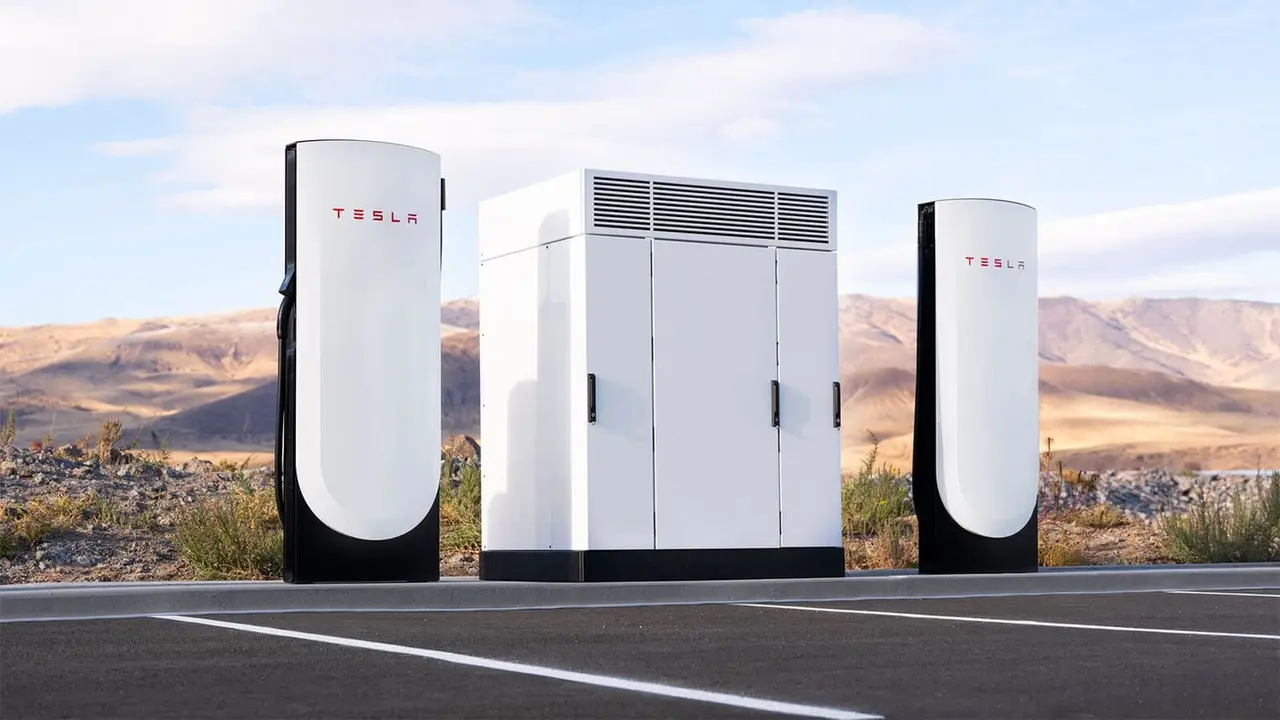Tesla has begun expanding its ultra-fast charging infrastructure in China by opening its first V4 Supercharger stations in China. According to the announcement made on the company’s official Weibo account, the new generation V4 chargers are now actively used in the cities of Shanghai, Zhejiang, Gansu, and Chongqing. V4 devices can charge electric vehicles from different brands in addition to Tesla models.
Tesla launches V4 Supercharger era in China
Tesla, which has installed more than 2,100 Supercharger stations and more than 11,600 individual charging points in mainland China to date, is expanding both its coverage area and technical capacity with the new V4 generation.

V4 Supercharger systems, which were introduced in the US in October 2023, can reach a charging power of up to 500 kW. This feature stands out as Tesla’s fastest and highest-powered charging infrastructure to date.
However, the electric vehicle market in China is not only remarkable for its breadth, but also for the level of technological competition. In contrast to Tesla’s V4 systems, domestic manufacturers are working on much higher capacity solutions.
BYD announced that the new generation charging station it introduced in March can add 400 kilometers of range in 5 minutes. This rate means 2 kilometers of charging per second and already doubles Tesla’s V4 level.
BYD’s goal is to spread this new generation charging infrastructure with 4,000 stations nationwide. The company also signed partnership agreements with different companies for this purpose in June. There is no clear timetable for this goal at the moment.
On the other hand, Zeekr and Huawei are also working on ultra-fast charging infrastructures exceeding 1 MW with their own systems. These systems are expected to spread in the Chinese market in a short time.
Tesla’s global Supercharger count has exceeded 70,000. Although the V4 era that started in China has increased the company’s technological claim in the market, the current situation necessitates Tesla to switch to higher charging capacities in order to maintain its competitive power in the region.
Domestic brands’ aggressive moves on charging times and power capacities further complicate Tesla’s efforts to maintain its leadership in the Chinese market.













